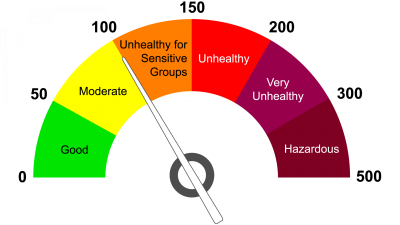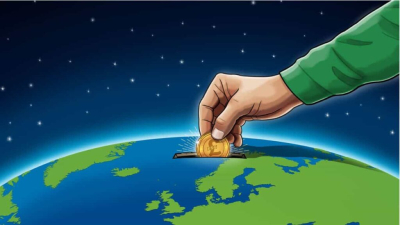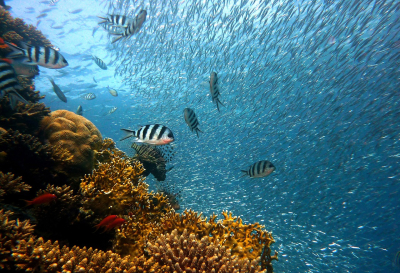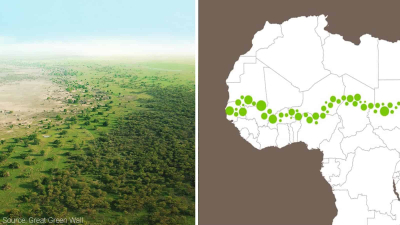
Don’t we often come across news about air pollution in our city or surrounding areas and the frequent mention of AQI? But what does AQI stand for and how is it helpful to us? Come, let’s find out
AQI is the abbreviation of Air Quality Index. It is a yardstick that shows us how clean or hazardous the air we breathe in in a particular region is. It is a numerical representation of the air quality in a place, which is determined by measuring the level of pollutants present in the air.
Health concerns
With a rapidly growing population and corresponding economic development, India has been grappling with the issue of air pollution for several decades now, leading to health and environmental concerns. Several factors are responsible for the poor air quality in most parts of the country. While natural sources of air pollutants include smog, storms, dust, and wildfires, we humans are responsible for emissions from factories, automobiles, construction activities, stubble burning, fossil fuel burning, etc. These are responsible for the presence of major air pollutants in the country such as particulate matter (PM2.5, PM10), carbon monoxide, nitrogen oxide, etc.
Exposure to air pollution may lead to severe respiratory illnesses, irritation in the eye, heart disease, and even premature death. Air pollution reduces visibility on the road and may lead to accidents and loss of lives. Besides, it can have a deleterious impact on the environment, damaging crops and trees, affecting yields, causing acid rain, etc.
Launched in 2015
India is home to some of the most polluted cities in the world. In order to address the widely prevalent air pollution crisis, the Government has taken several initiatives. One such is the National Air Quality Index which was officially launched in April 2015 in New Delhi. The NAQI was developed by IIT-Kanpur scientists along with the Central Pollution Control Board. It has been designed to disseminate air quality information to the people. The AQI shows eight pollutants, namely PM2.5, PM10, ammonia, lead, nitrogen oxides, sulphur dioxide, ozone, and carbon monoxide.
Colour-coded index
The colour-coded AQI helps people and the administration understand the condition of the air by providing real-time information on air quality. The index converts data of various pollutants collected from monitoring stations into a single number, name, and colour. The AQI value runs from 0 to 500. There are six AQI categories, namely Good (0-50, green), Satisfactory (51-100, light green), Moderately polluted (101-200, pink), Poor (201-300, yellow), Very Poor (301-400, red), and Severe (401-500, dark red), with each being decided based on the concentration values of air pollutants and their likely health impacts. The higher the AQI value, the greater the level of air pollution and the greater the health concern. An AQI value of 50 or below represents good air quality, while an AQI value over 300 represents very poor air quality. There are smartphone apps such as Sameer and SAFAR and websites.
Picture Credit : Google





